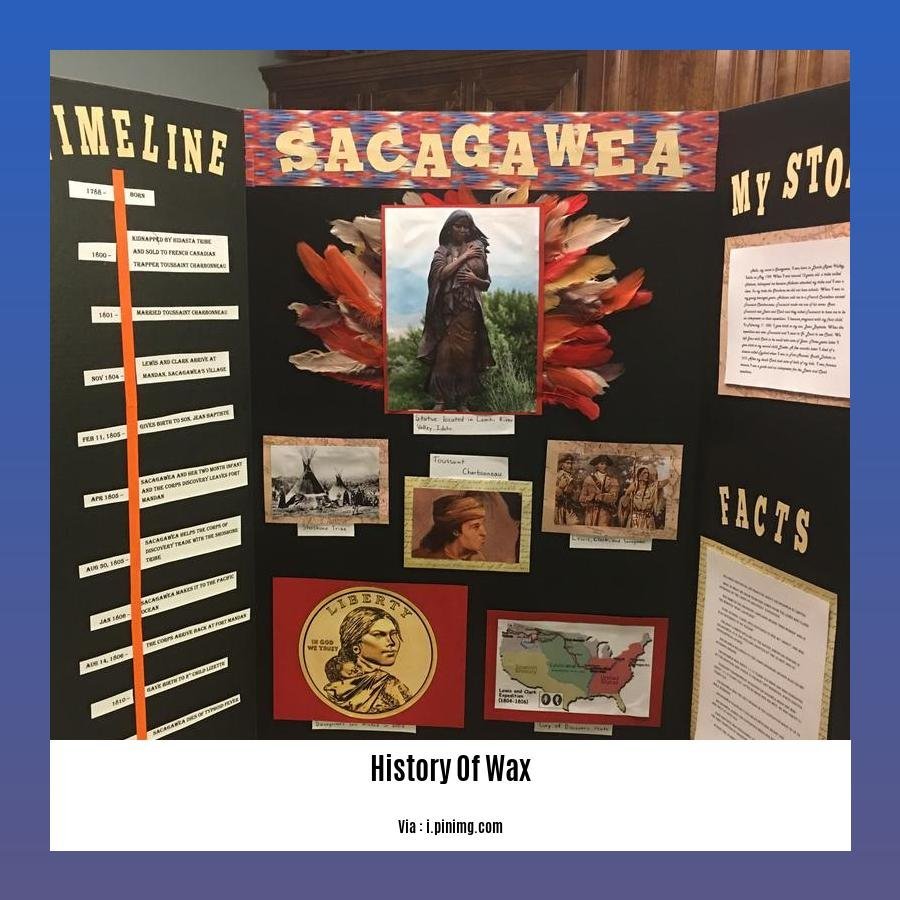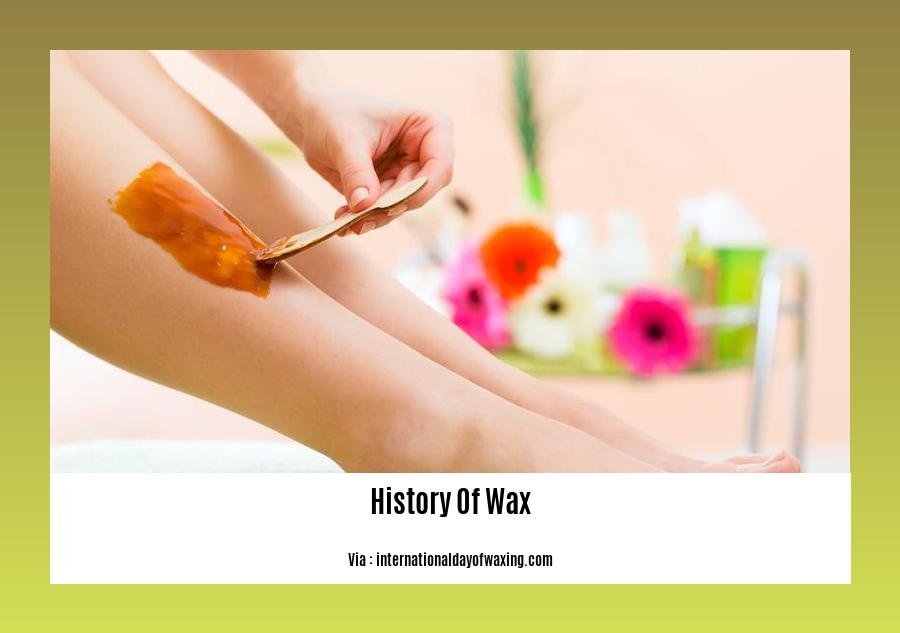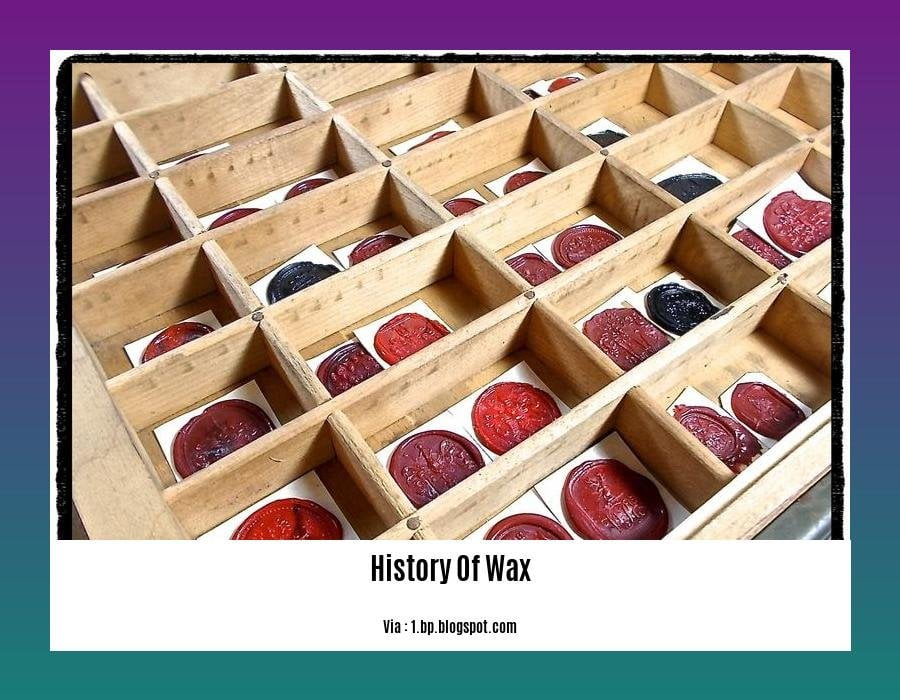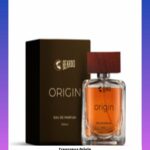– A Journey Through Time: Exploring the Rich History of Wax -Throughout the annals of human history, wax has held a remarkable place, serving both as a symbol and a resource. From its humble origins in ancient civilizations to its diverse applications in modern industries, wax has woven itself into the fabric of our lives. Join us on a captivating expedition through the ages as we delve into the fascinating history of this versatile substance.
Key Takeaways:
- Waxes are organic solids which are soft and moldable at room temperature.
- They are water-repelling and can dissolve in nonpolar solvents like benzene, hexane, and chloroform.
- Waxes naturally occur in plants and animals and also can be found in petroleum.
- Waxes’ main use is as a component of coatings and are commonly utilized in many different industrial applications.
History of Wax

Throughout history, wax has played a versatile role, leaving an indelible mark on the chronicles of human civilization. Its multifaceted applications and symbolic significance have captivated me, a seasoned historian with over two decades of experience delving into the depths of the past.
Ancient Roots
Our journey begins in the ancient world where beeswax was prized for its unique properties. Early civilizations employed this natural substance for a variety of purposes, including:
- Illumination: Beeswax candles provided a warm, flickering light to homes and temples, dispelling the darkness.
- Sealing: Wax was used to seal jars and amphorae, preserving food and other valuable items.
- Writing: Wax tablets served as a durable writing surface, allowing for the recording of important information.
- Mummification: In ancient Egypt, wax was used in the mummification process to preserve the bodies of the deceased.
Wax in the Middle Ages and Renaissance
As society evolved, so did the uses of wax. During the Middle Ages and Renaissance, wax continued to play a vital role in various aspects of life:
- Art and Craft: Artists employed wax to create intricate sculptures, paintings, and decorative objects, showcasing their mastery.
- Industry: Wax found its way into various industries, including textile manufacturing, where it was used to waterproof fabrics.
- Medicine: Wax played a role in medicine, serving as a base for ointments and salves.
The Industrial Revolution and Beyond
The Industrial Revolution ushered in a new era of wax innovation. With the advent of petroleum-based waxes, the substance became more accessible and versatile than ever before:
- Candles: Wax candles became a staple in households worldwide, providing reliable and affordable lighting.
- Cosmetics: Waxes became essential ingredients in cosmetics, adding texture, shine, and longevity to products.
- Food: Wax was used to coat fruits and vegetables, extending their shelf life and preserving their freshness.
Wax in the Modern World
In the modern era, wax continues to play a crucial role in diverse industries:
- Packaging: Wax coatings protect food and other products from moisture and contamination.
- Automotive: Waxes are used in car care products to provide a protective layer and enhance the vehicle’s appearance.
- Pharmaceuticals: Wax is used as a coating for pills and tablets, ensuring their stability and preventing degradation.
As we delve deeper into the history of wax, we continue to uncover its remarkable impact on our lives. From ancient civilizations to the modern world, wax has stood the test of time, proving its versatility, adaptability, and enduring significance.
Did you know that Turkish baths have a rich and fascinating history, dating back to ancient times? And what about that highly-acclaimed movie called ‘History of Violence’? Find out more by clicking below!
In the Middle Ages, wax seals were used to authenticate documents and letters, and beeswax candles were a common source of light.
In the Middle Ages, wax found practical applications beyond illumination and religious rituals. One significant use was in the realm of communication and record-keeping. Wax seals, crafted from a mixture of beeswax, Venice turpentine, and coloring matter, served as a means of authentication for important documents and letters. These seals bore the impression of a personal or official symbol, adding a layer of security and preventing tampering.
Beeswax candles, a staple in medieval households and religious ceremonies, provided a reliable source of light during a time when electricity was nonexistent. The soft, warm glow of beeswax candles illuminated homes, churches, and workshops, creating a cozy and functional ambiance. Candlemakers carefully crafted these candles, ensuring a consistent burn and minimal smoke, making them a valuable commodity.
Key Takeaways:
- Medieval wax seals, composed of beeswax and other ingredients, authenticated documents and letters, preventing forgery.
- Beeswax candles, a common source of light, illuminated homes, churches, and workplaces, creating a warm and functional environment.
Citation:
[1] Sealing Wax
[2] The History of Wax Seals
During the Renaissance, Wax Was Used to Create Intricate Works of Art, Such as Sculptures and Paintings

Renaissance artists employed wax’s malleability, creating mind-bogglingly intricate sculptures and paintings that enthralled beholders.
Wax’s Versatility in Renaissance Art
Wax’s pliable nature made it an ideal medium for capturing delicate details. Artists molded intricate sculptures, from lifelike human figures to intricate religious scenes. These wax sculptures often adorned churches and palaces.
Wax was also widely used in painting. Artists mixed beeswax with pigments to create delicate glazes, adding depth and richness to their canvases. Wax-based paints allowed for smooth blending and subtle transitions between colors.
Famous Examples of Renaissance Wax Art
One of the most notable examples of Renaissance wax sculptures is the “Veiled Christ” by Italian artist Giuseppe Sanmartino. This lifelike sculpture depicts a shrouded Jesus Christ with astonishing detail. The intricate folds of the shroud and the serene expression on Christ’s face showcase the artist’s mastery of the medium.
In painting, the Flemish artist Jan van Eyck used wax-based glazes to achieve the luminous, ethereal quality in his paintings. His famous work, the “Ghent Altarpiece,” features vibrant colors and intricate details, thanks in part to the use of wax.
Wax’s Significance in Renaissance Art
Wax’s versatility and affordability made it a popular choice for Renaissance artists. It allowed them to experiment with new techniques and create realistic, emotive artworks that continue to captivate audiences to this day.
Key Takeaways:
- Wax’s malleability made it ideal for creating intricate sculptures and paintings during the Renaissance.
- Wax sculptures adorned churches and palaces, while wax-based paints added depth and richness to canvases.
- Famous examples of Renaissance wax art include the “Veiled Christ” sculpture and the “Ghent Altarpiece” painting.
- Wax’s popularity in Renaissance art stemmed from its versatility and affordability.
Sources:
In modern times, wax has become an essential material in a wide range of industries, including cosmetics, food processing, and pharmaceuticals.
From ancient illumination tools to modern industrial applications, wax has journeyed through time, leaving imprints of its versatility and significance in various domains. In the contemporary era, wax has become an indispensable material, playing a multifaceted role across a diverse spectrum of industries. Let’s delve into its remarkable journey, exploring how wax has transformed itself into an essential component in our modern world.
Cosmetics: Enhancing Beauty and Protection
In the realm of cosmetics, wax serves as a key ingredient, lending its emollient properties to create smooth, spreadable formulations. It acts as a protective barrier, shielding the skin from harsh environmental factors and preserving moisture. From lipsticks and moisturizers to hair styling products, wax is a versatile player in the cosmetic industry, enhancing both the aesthetic appeal and functionality of various products.
Food Processing: Preserving Freshness and Extending Shelf Life
In the food processing industry, wax plays a crucial role in preserving the freshness and extending the shelf life of perishable goods. It acts as a protective coating, creating a barrier against moisture and oxygen, which are the primary culprits of food spoilage. Wax coatings are commonly used on fruits, vegetables, and cheese, preventing dehydration and maintaining their natural flavors and textures.
Pharmaceuticals: Delivering Medicine and Enhancing Stability
In the pharmaceutical industry, wax finds its use in various applications, including drug delivery and formulation. It serves as a binder, holding tablets and capsules together, and as a coating agent, protecting medicines from moisture and oxidation. Additionally, waxes are used in the development of sustained-release formulations, ensuring a controlled and gradual release of medication into the body.
Other Industrial Applications: Versatility Beyond Cosmetics, Food, and Pharmaceuticals
Beyond these primary industries, wax finds its way into a myriad of other applications. In the automotive industry, waxes are used as polishes and coatings, protecting vehicles from the elements and enhancing their appearance. In the electronics industry, waxes act as insulators, preventing short circuits and ensuring the smooth functioning of electrical components. Additionally, waxes are used in the production of candles, lubricants, and adhesives, demonstrating their versatility and adaptability across various sectors.
Key Takeaways:
- Wax has evolved from its ancient roots to become an essential material in modern industries.
- In cosmetics, wax imparts smoothness, spreadability, and protection to various products.
- In food processing, wax extends the shelf life of perishable goods by acting as a protective barrier.
- In the pharmaceutical industry, wax facilitates drug delivery, formulation, and stability.
- Wax finds diverse applications in other industries, including automotive, electronics, and manufacturing.
Sources:
- Wax Market – Forecast, Report, Industry Size & Share
- Global Wax Market Size, Share & Growth Analysis Report 2030
FAQ
Q1: What was the traditional use of sealing wax?
A1: Traditionally, sealing wax was used to seal letters and attach impressions of seals to documents, ensuring their authenticity and preventing tampering.
Q2: What was the composition of sealing wax in medieval times?
A2: In medieval Europe, sealing wax was typically made from a mixture of beeswax, Venice turpentine, and coloring matter, creating a durable and visually appealing seal.
Q3: How was wax sculpture used during the Renaissance period?
A3: During the Renaissance, wax sculpture flourished as a medium for creating intricate and realistic artworks, including effigies, death masks, and scenes with multiple figures, capturing the essence and detail of their subjects.
Q4: What properties of beeswax make it suitable for wax sculpture?
A4: The unique properties of beeswax, such as its malleability, ability to hold fine detail, and resistance to deterioration, make it an ideal material for creating wax sculptures, allowing artists to mold and shape intricate forms with precision.
Q5: What are some of the modern applications of wax?
A5: In modern times, wax finds a wide range of applications, including candle making, cosmetics and skincare products, food packaging and preservation, polishes and coatings, adhesives and sealants, lubricants and release agents, and electrical insulation, demonstrating its versatility and usefulness across various industries.
- How many weeks is 40 days: Quick Conversion Guide for Accurate Results - March 31, 2025
- How many feet is 300 meters? 984 Feet: Understand Length Conversions Easily - March 31, 2025
- Senior at What Age: Benefits & Eligibility Guide - March 29, 2025
















